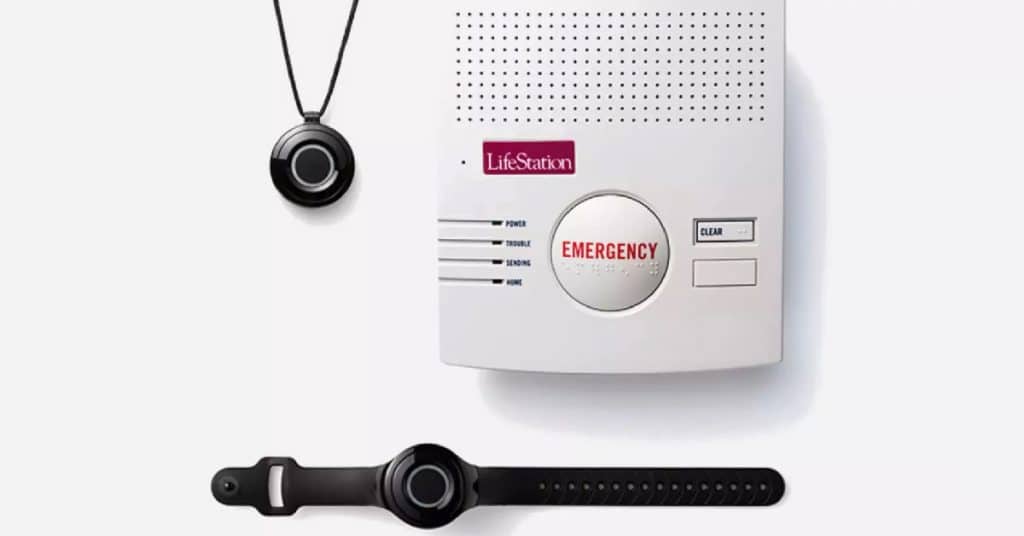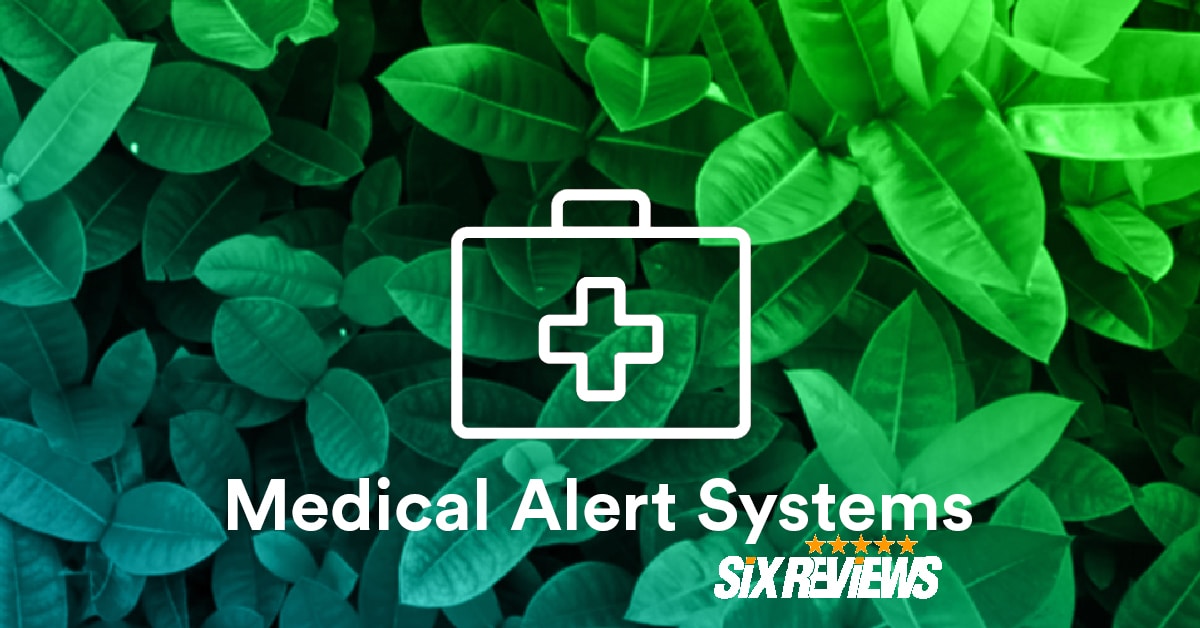Medical Alert Systems are slowly becoming more popular. But what are medical alert systems and how do they help people?
Doctors and caregivers alike realize how valuable it is to provide 24-hour medical supervision for their patients, particularly for those who are vulnerable or in high-risk groups. The fact of the matter is that a real problem can not wait until a qualified medical practitioner arrives. Emergencies can happen anytime and at any moment, so it is important to act immediately. According to CDC statistics[1], there are more than 100 million ER visits in the US per year, of which 40 million are for accidents. In comparison, up to 15 million people need hospital admission, while 2 million people in emergency rooms end up in critical care.
Providing round-the-clock patient monitoring is the only solution. However, the issue with this strategy is the elderly and other people who limited mobility. They need special treatment round the clock. Typically, recruiting a caregiver is the best choice, but even they can only do so much. Yeah, they can assist with any pain and distress, washing, grooming, and aid with everyday tasks, but they can not be there all the time unless a patient can afford to pay three or four nurses to provide 24-hour assistance.
Medical Alert Systems Can Save Lives

Sadly, deaths and incidents tend to happen most frequently where a poor patient doesn’t have proper treatment. Falls, both fatal and non-fatal, are the primary cause of injuries to senior citizens. Statistics from the United States Center for Disease Control and Prevention[2] say that on average, 25 percent of Americans over 65 fall once a year, and an elderly person dies every 19 minutes from injuries due to a fall. In addition, nurses who work absurdly long shifts may not provide the attention they want to provide to their patients. That’s why requesting too much and paying too little is a recipe for failure and negligence.
Fortunately, when it comes to medical alert systems, there have already been enormous developments. These machines were big and unwieldy since their inception in the 1970s, making them difficult to use and bring around. More specifically, waterproofing was missing in the first medical alarms, so it was out of the question to use one in a bath. When more than a third of injuries resulting in emergency department trips occur in a shower, this was an amazing drawback. [3]

And where there is a demand, there is a way, and medical alarm systems have advanced dramatically since then. New computers are no longer huge and difficult to bring about as they used to be, or complex to use. These days, there is a wide variety of specialist waterproof and durable devices that can be worn non-stop. They are hard to spot and blend in completely.
In the case of medical alarms, you would assume that when it comes to technologies, there is a generational divide. But, they’re so easy to use that the vast majority of seniors have no trouble making them work. These machines, after all, provide little or no guidance that a patient must obey. Instead, they just need to wear them, if they’re in the shape of a bracelet or a necklace, and if they’re ever in trouble, just press one button.
Emergency Warnings

Emergency medical alert system warnings refer to: a heart attack, stroke, or crash. An emergency response center will be called from the base unit’s loudspeaker when the button is pushed. You may also set multiple warnings such that, for example, when the system senses a fall or other incident that might lead to a significant accident, the machine immediately calls 911, the next-door neighbor, or a doctor.
A medical warning system provides the ability for nurses and physicians to track their patients or loved ones non-stop in case of emergencies. A medical tracking system bridges the time void for a caregiver and gives you peace of mind that if a problem occurs, an elderly relative receives assistance as soon as possible.
Finally, due to changes in other sectors, such as manufacturing and cellular infrastructure, prices for these medical alert systems have plummeted, making them more than accessible. For one such scheme, the monthly charge is nominal and ends up costing about $20. Compare it with an average of $12-13 per hour caregiver wage in the U.S.[4] and you’ll soon know what a steal this is. In addition, when you know exactly how much you get in terms of function with a medical warning, we hope you can believe when we conclude that making sure a loved one is healthy is more than worth the expense.
[1]https://www.cdc.gov/nchs/fastats/emergency-department.htm
[2]https://www.ncoa.org/news/resources-for-reporters/get-the-facts/falls-prevention-facts/
[3]https://www.nytimes.com/2011/08/16/health/research/16stats.html
[4]https://www.indeed.com/career/caregiver/salaries

Organizer. Freelance pop culture ninja. Writer. Social media scholar. Avid music expert. Alcohol evangelist. Whenever he’s bored he just expects at any moment for the Koolaid man to break through my wall and take me on a deliciously refreshing adventure!

